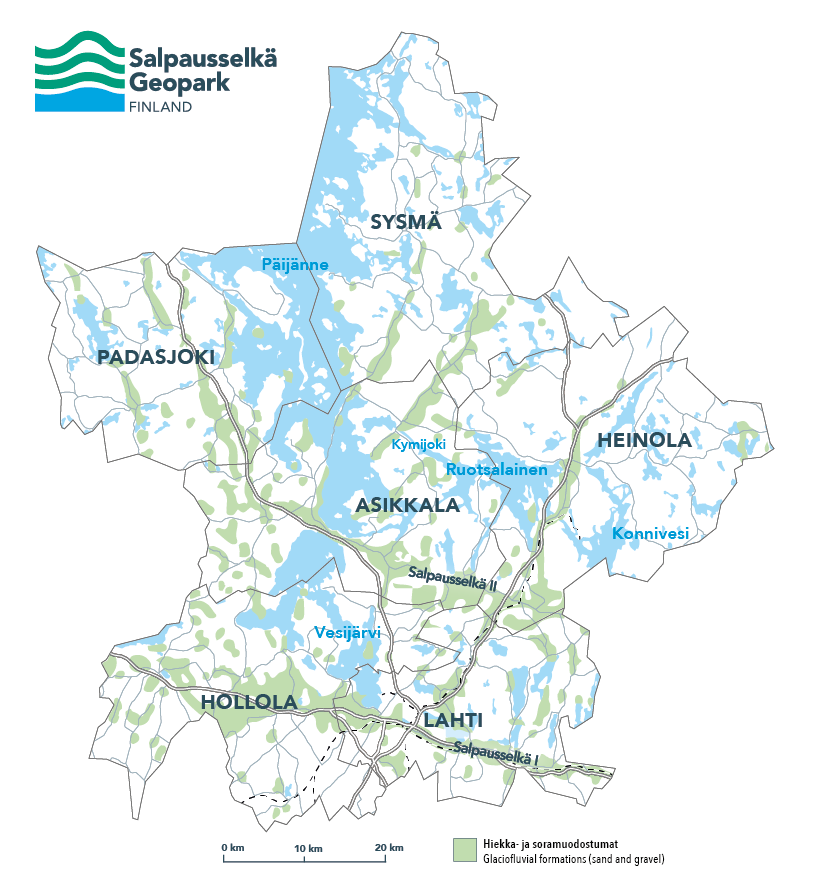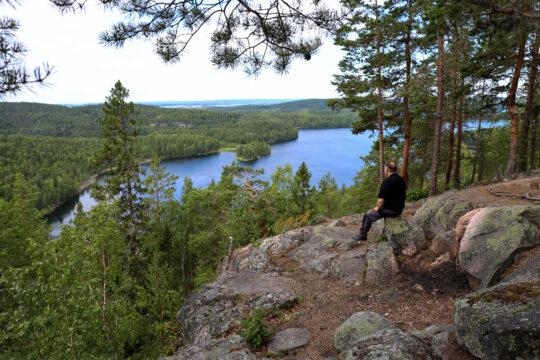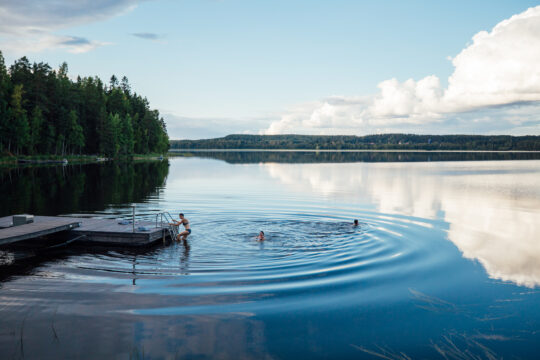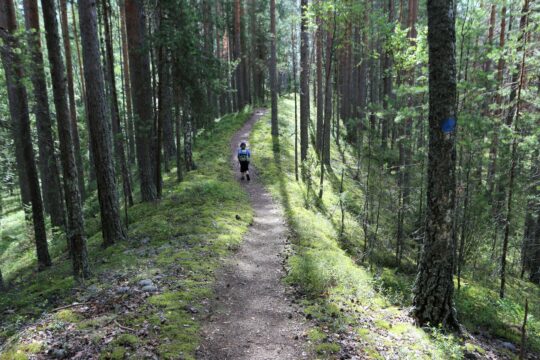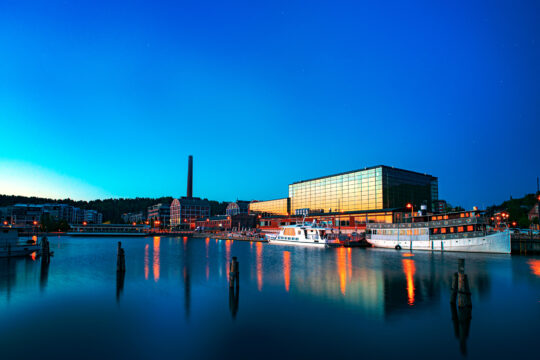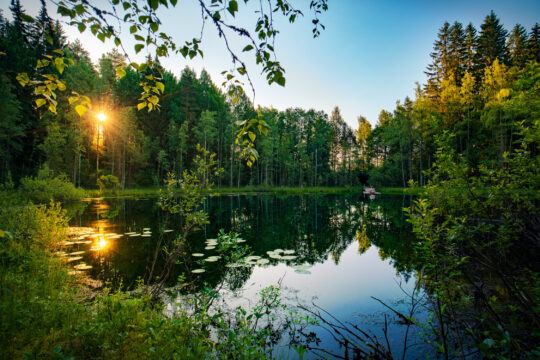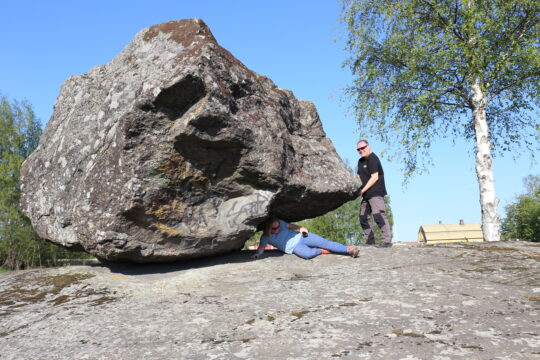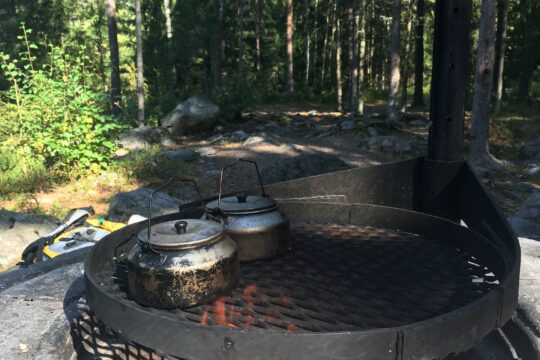A landscape created by water
Salpausselkä Geopark, situated in the Lahti region in southern Finland, tells the story of the best-known geological entity of Finland. The First and Second Salpausselkä are unique ice-marginal formations laid down by the last Ice Age. They reach across the entirety of southern Finland and are at their most spectacular in the area of Salpausselkä Geopark. Here they are joined to feeder eskers of international value, such as the picturesque Kelvenne Island and Pulkkilanharju Esker in Päijänne National Park.
The Salpausselkä ridges and eskers were mainly formed of sand and gravel transported, sorted and deposited by glacial meltwaters at the end of the last Ice Age. The continental ice sheet and its meltwaters have shaped also our rocky geosites into the form they are today. Our rocks are ancient – they were formed between 1,600 and 1,900 million years ago, and in the course of time have been moulded by a host of ice ages.
The Salpausselkä ridges got their name from the Finnish, meaning to block, since they block in the waters of the Finnish Lakeland. To the north of Salpausselkä, hundreds of lakes ranging from small kettle ponds to Finland’s second largest lake, Päijänne, offer stunningly beautiful views and excellent opportunities for recreation for local residents and visitors alike.
The Salpausselkä ridges and eskers hold massive reserves of high-quality groundwater filtered by thick layers of gravel and sand. The groundwater is mostly hidden underground, but becomes visible in the area’s natural springs and groundwater-fed lakes and brooks. Around a quarter of Finns get their drinking water from this region: the locals in the form of groundwater, and residents in the Helsinki area via the world’s second longest tunnel from southern Lake Päijänne.
